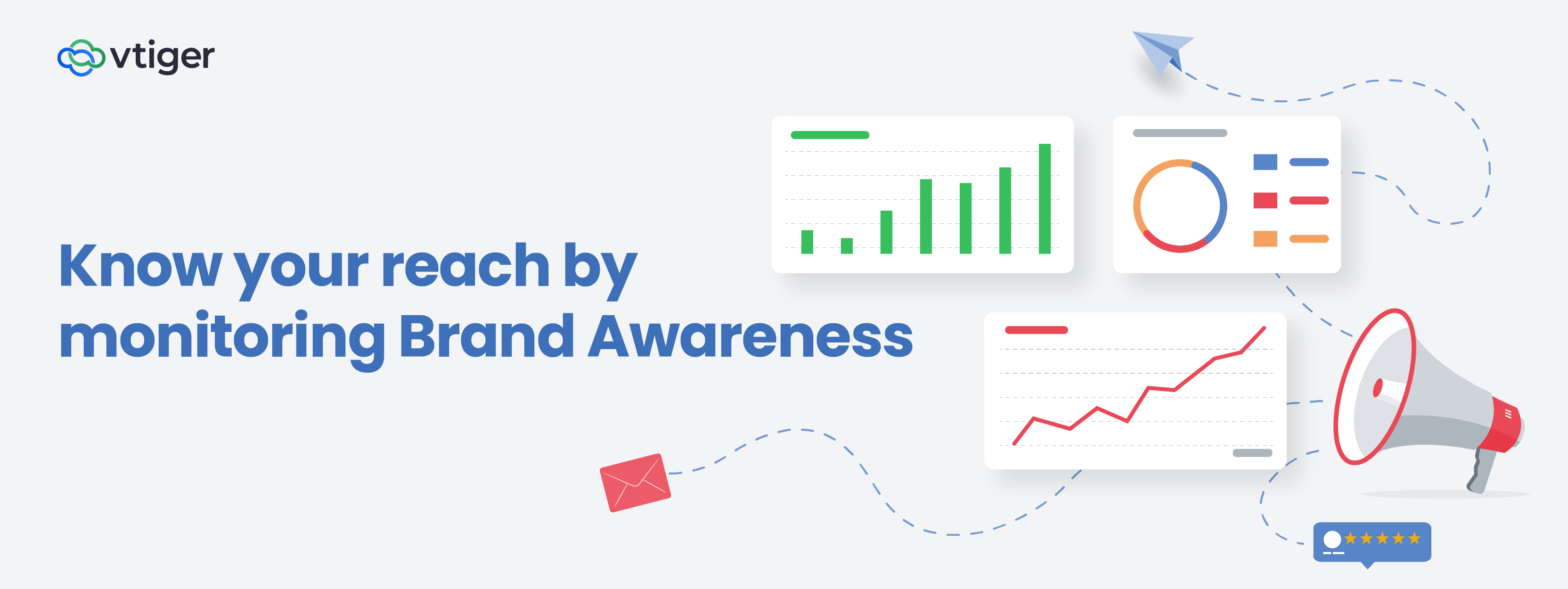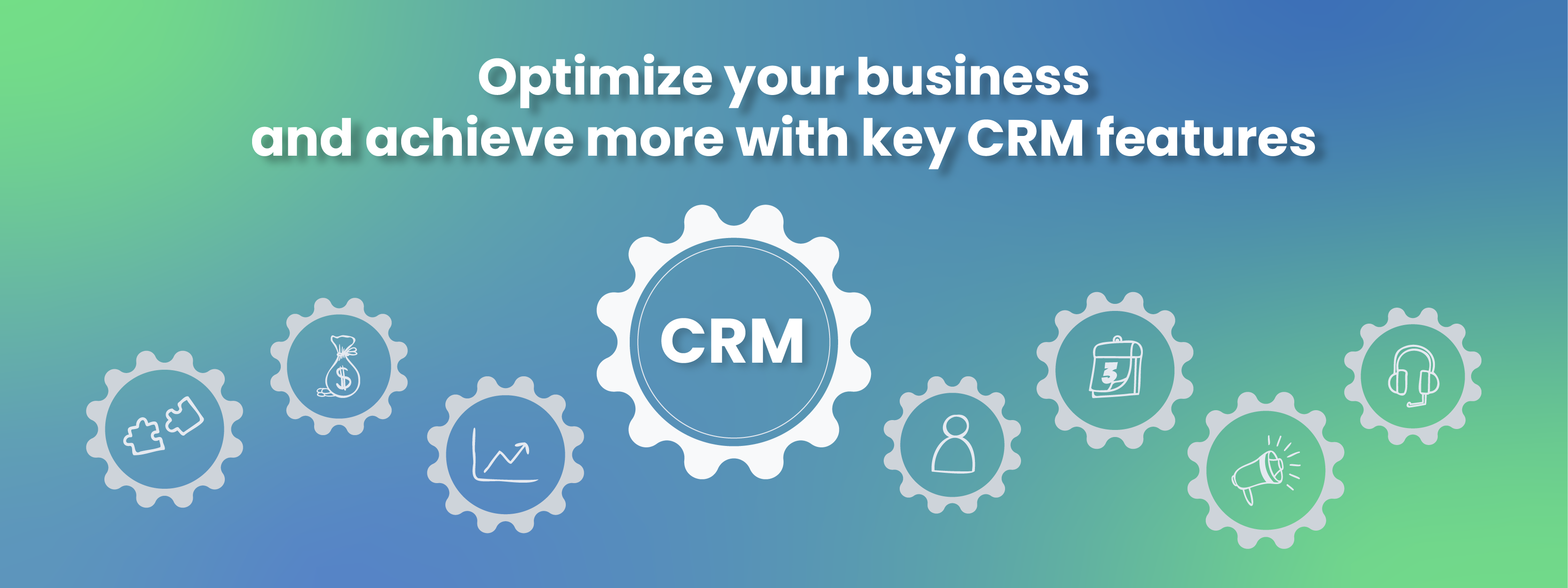Welcome to our new blog series, A Quick Guide to Brand Awareness!
This blog series will share tips and tricks for building a solid brand identity, increasing visibility, and connecting with your audience.
We have come to the end of the brand awareness blog series. And, we hope you have a comprehensive idea of how to take your brand to the right audience and get them familiar with your product.
By now you must have understood every possible step to make your audience aware of your brand. But, how do you know your brand is well-known and perceived by your target audience? To understand this, you need to track certain metrics and measure brand awareness strategy.
Let’s dive deeper into the important metrics that you need to focus on while monitoring your brand awareness
Key metrics to track brand awareness
It is essential to know if your efforts are working, or if you need to change your techniques to top the competition.
Let us review different ways to measure brand awareness and understand where you can tweak your strategies.
Social Listening: Social listening or social media listening is the process of identifying what is being said about your brand on different social media platforms. You can monitor on Facebook, Twitter, Instagram, etc., for mentions of your brand, or brand-related keywords. By analyzing the tone and sentiments revolving around the brand, organizations can gain insights into how well the brand is received.
In addition to that, social listening can also help businesses identify opportunities to interact with the target audience and improve overall brand reputation. By addressing comments on social media, organizations can build stronger relationships. You can also analyze areas where you need to improve your products and services. This can be done by tracking customer feedback and complaints on multiple channels.
Surveys: Brand awareness surveys are a great way to understand the audience’s perception of your brand. You can prepare a questionnaire and include questions about brand familiarity, recognition, and recall. It can be conducted through email or other modes of communication. And, this information can be used to develop marketing campaigns and focus on areas where the brand is less well known.
For instance, if your business has recently launched a new product, you can conduct surveys and understand how familiar your brand is among your customers.
Looking for an easy and cost-effective way to collect customer feedback and insights?
Check out Vtiger’s Survey module and create a questionnaire seamlessly.
Search engine monitoring: Pay attention to branded search volume which can give you insights into the number of times your brand is searched on popular search engines like Google. Track monthly search volume that can give you an overview of how well your brand is being remembered.
Website analytics: Keep an eye on how many people are visiting your website and from which sources. Monitor direct traffic which means the number of visitors directly visiting your website by entering your URL, or by clicking on a link from an email. You can also observe referral traffic which means visitors coming to your website from external sources.
In a nutshell, all these pointers are essential to gain insights into brand awareness and drive business growth.
Read other blogs from the series to get well-versed in brand awareness



